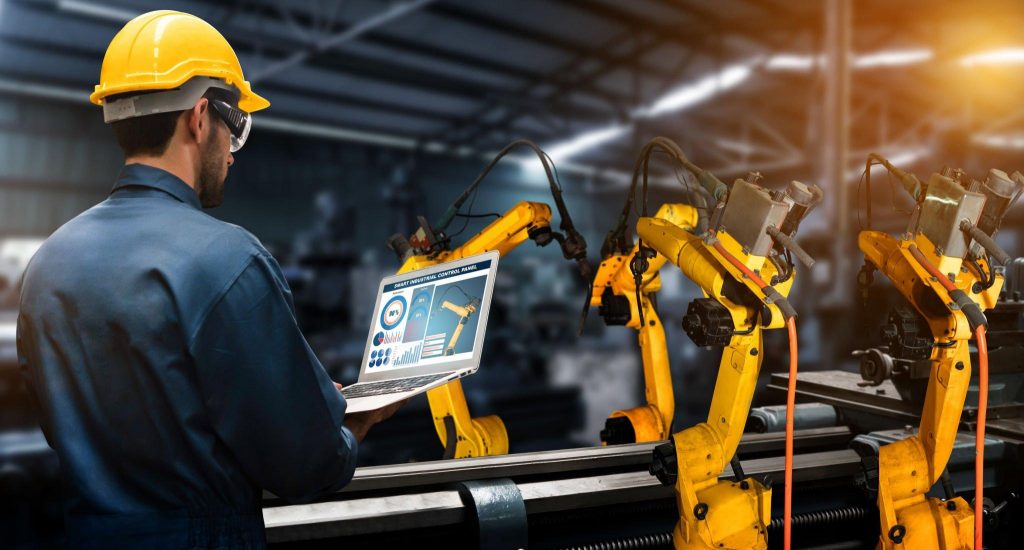Artificial intelligence is becoming more sophisticated with every passing year. What’s more, the rate of improvement is accelerating. This has implications in just about every industry, but there are a few where the improvements are more tangible. Of these, manufacturing stands out. If you’re running a manufacturer, whether large or small, then you’ll want to think about some of the benefits, and whether they justify the costs involved in transitioning to a more automated process.
Table of Contents
Automating and innovating
When discussing the involvement of AI, it’s useful to distinguish between two different types of contribution made by machinery. There are AIs that can perform the same tasks as humans, in a more efficient way. Then there are those that can devise entirely new ways of doing things.
Supplementing
Of course, making a sudden switch to an entirely new way of doing things would be disruptive. As such, we’re unlikely to see factories firing their human workforces and bringing in machines to do an entirely different job overnight.
What’s likelier is that we’ll see a gradual transition, with AI assisting more traditional operational management methods.
Forecasting accuracy
Using AI to more accurately predict the future demands placed upon the manufacturer will allow for less waste and less need for surplus stock. The French food manufacturer Danone Group has already reported substantial efficiency savings because of its introduction of AI into its forecasting process.
Specifically, there has been 20% and 30% decreases in forecasting errors and lost sales respectively. The workload of the company’s demand planners, meanwhile, was cut in half – meaning that half of those workers could do the same job that all of them were doing, just a few years ago.
How is AI Improving Manufacturing?
Let’s look at a few benefits specific to manufacturing.
Workplace safety
A workplace that’s overseen by AI is better able to envisage potential risks and to eliminate them. This might mean simply spotting things that a human manager might be able to spot, like whether PPE and safety footwear are being worn. On the other hand, AI analytics might also be able to distinguish more subtle and insidious safety risks.
Cybersecurity
The threats of the future, where cybersecurity is concerned, are almost certainly going to be powered by artificial intelligence. Firms will therefore need to recruit AI to safeguard their digital assets. This might mean detecting malware or fraud, or it might mean monitoring employee behaviours.
Machine maintenance
An AI can continuously monitor the internal workings of factory machinery, thanks to hundreds of sensors and computers. This will mean that maintenance workers can more easily spot potential points of failure, and intervene before productivity is impacted.

